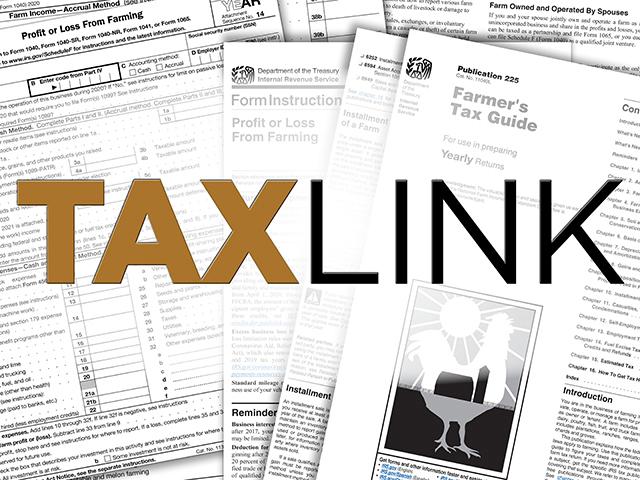Taxlink
Are There Abuses in Government Farm Payments?
I recall numerous articles back in the early 2010s about "rich farmers" and government payments. Out of curiosity, I did a quick Google search, and as recently as a few years ago, there were articles in reputable publications about American taxpayers subsidizing rich farmers. How little people understand farming.
Recently, Sens. Chuck Grassley, R-Iowa, and Sherrod Brown, D-Ohio, introduced the Farm Program Integrity Act of 2023, which aims to curb abuses in farm program payments. Here are some highlights from the proposed act:
-- Retains the current $125,000 cap for individuals and adds a $250,000 hard cap for one farm operation.
-- Revises "actively engaged in farming" to include stricter guidance for "management."
P[L1] D[0x0] M[300x250] OOP[F] ADUNIT[] T[]
-- Removes the exemptions for farms set up as general partnerships.
Sen. Brown said about the proposed legislation, "Too often, farm payments go to those who don't need the support or aren't even engaged in farming." The concern is that the largest farms get most of the subsidies, and those that need payments are left out. Also, there is a concern that those not active in farms are benefiting from payments. I don't often see a farm distribute program payment money to nonactive owners. This is because the payments are taxed and often used to buy equipment or prepaids.
Looking at 2020 USDA farm production stats, 46% of agricultural production related to large and very large farms, 20% of production related to midsize family farms, 15% of production related to smaller farms where farming was the main occupation and 5% of production related to hobby farms or farms that the primary occupation isn't farming. Grassley said that 10% of farms get 70% of payments. When you add the very large, large and medium farms, they account for 8.5% of the number of all farms and 66.3% of all agricultural production. If payments follow production, the ratios are consistent and don't necessarily indicate abuse.
One common issue I've seen is that payments are structured to give money when times are good but limit payments when times are hard. Maybe revising the timing of program payments to mirror the economics of farming would be the first start rather than instituting caps.
In the off chance this proposal gets integrated into the new farm bill, what should you do?
First, document everyone's involvement in the farm to meet the definition of "actively engaged in farming" requirements. This is especially true for those who aren't in the field and are more active in the management of the farm.
Second, if you farm in a general partnership, look at the possibility of restructuring into smaller partnerships. This isn't as easy as it sounds. Make sure your tax attributes are set up for a restructuring. Negative capital accounts and debt could cause phantom income. Now might be the time to clean up your partnership in preparation for the new farm bill.
Regardless of what happens in the farm bill, this shows the importance for farms to have a tax strategy and execute on it. Those who focused on a solid tax strategy rather than not paying any tax will be able to pivot and adapt to the new requirements. Those who only care about paying no tax might miss out on new payment structures.
**
DTN Tax Columnist Rod Mauszycki, J.D., MBT, is a tax principal with CLA (CliftonLarsonAllen) in Minneapolis, Minnesota. Read Rod's "Ask the Taxman" column at https://www.dtnpf.com/…. You may email Rod at taxman@dtn.com.
(c) Copyright 2023 DTN, LLC. All rights reserved.




